There is no historical record of organised Jewish communities in the British Isles before the Norman invasion of 1066, when King William encouraged Jews -mainly merchants and craftsmen- to follow him. Those who did came mainly from France (Rouen) but also from Germany, Italy and Spain. They settled in London, York, Bristol and Canterbury. Well regarded by the Norman kings, the Jews’ main role was financial; as moneylenders, they kept the kingdom’s finances, and the heavy taxes they paid represented a not inconsiderable source of revenue.
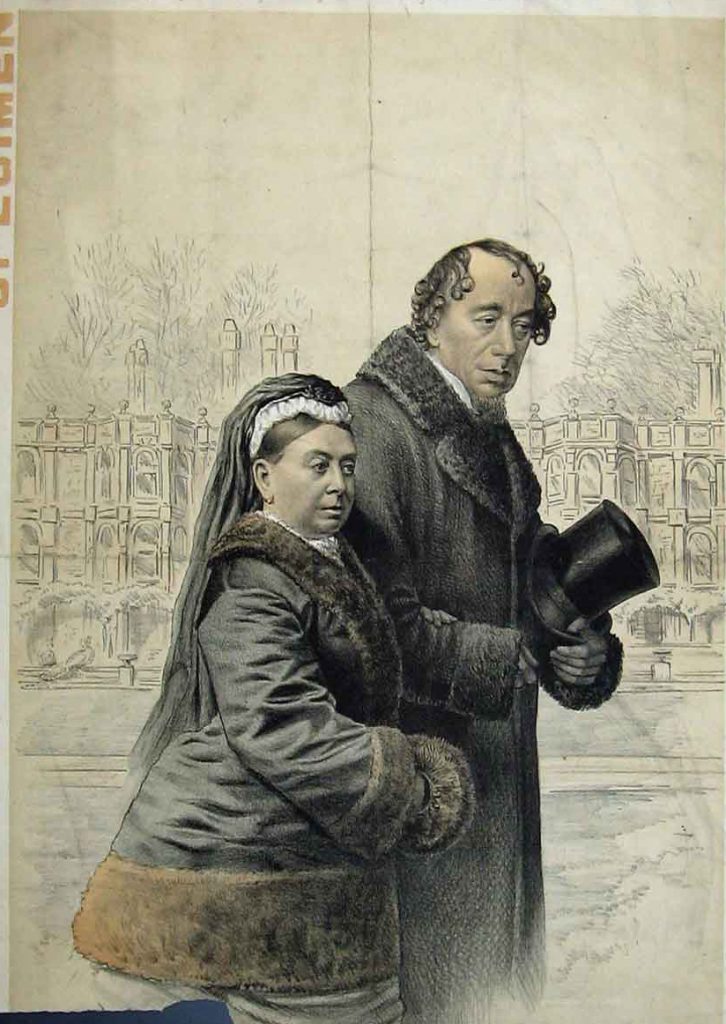
The difficult situation of Jews in the Middle Age
Anti-Semitic feelings first surfaced in 1144, when Jews were accused of making human sacrifices, and culminated with the massacre at York in 1190. A new stage was reached when Jews were forced to wear a distinctive yellow sign in 1217.
The trend eventually led to the decree of expulsion by Edward I in 1290. But if England was the first country to expel the Jews, they were never completely absent. In London, a domus conversorum, or “house of converted Jews”, standing on the site of today’s Chancery Lane Library, was home to Jews, mostly Marranos, who continued to practice their religion in secret.
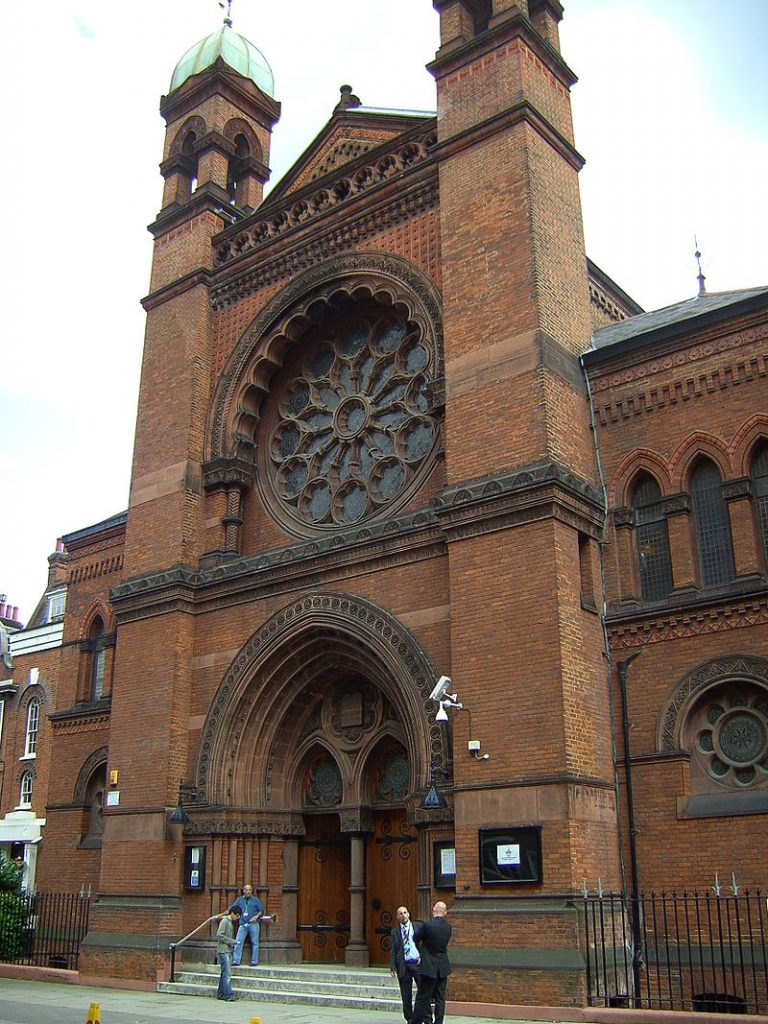
Their return under Cromwell
Foundations for a real return were laid after 1649 under Cromwell’s Commonwealth as a result of intercession by Menasseh ben Israel, a rabbi of Portuguese origin living in the community at Amsterdam. The period of William the Orange (1650-1702) saw the arrival of numerous descendants of Jews who had been expelled from Spain and Portugal by the Catholic Monarchs, Ferdinand and Isabelle, in 1492. At the end of the seventeenth century, Judaism was made legal by the Act of Suppressing Blasphemy. One of the results of this legalization was the construction of the Bevis Marks Synagogue in London. A jewel of the city’s Jewish heritage, the building is still in use today.
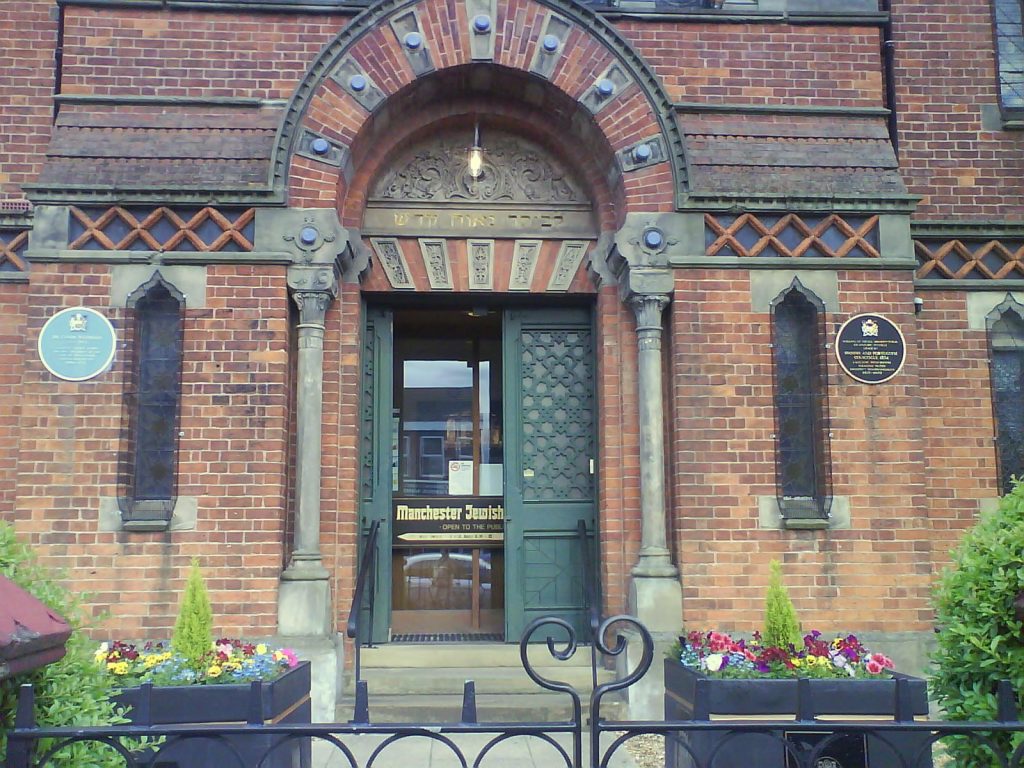
From 1750, most new immigrants came from Central Europe, and they tended to settle further to the north than their predecessors, attracted by the burgeoning cotton and wool industries in Birmingham, Manchester and Liverpool. A new wave of Jewish immigrants reached the shores of the British Isles after 1881, driven this time by Russian anti-Semitism. By 1882, there were 46,000 Jews living in England.
Development of the community during the 19th century
This presence is highlighted by the figure of Moses Motefiore (1784-1885), who was knighted by Queen Victoria in the first year of her reign; the launch in 1841 of the Jewish Chronicle, which remains one of the more lively Jewish newspapers even today; and, above all, the career of Benjamin Disraeli, who twice held the position of prime minister (1868, 1874-1880). From such evidence, we can conclude that by 1890, Jewish emancipation in the United Kingdom was complete. Certainly, this would explain the strong attraction of the country for immigrants. There were no fewer than 120,000 new arrivals between 1880 and 1914, and, on the eve of World War I, the community numbered over 250,000.
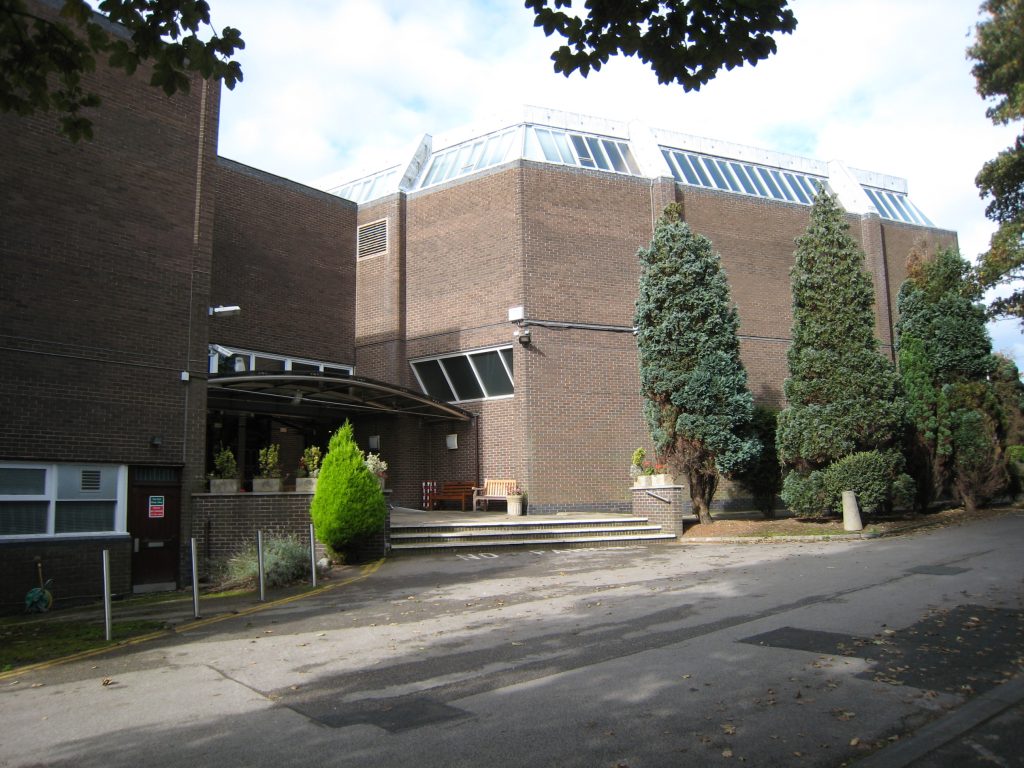
One result of the First World War, was a new anti-Semitic feeling, which led to a marked slowdown in immigration. Immigration, however, resurged in the 1930s with the arrival of some 100,000 German and Central European Jews, who brought economic and cultural knowledge.
The British government declared itself favorable to “the establishment in Palestine of a national home for the Jewish people” (Balfour Declaration, 2 November 1917). Placed under British mandate in 1922, Palestine suffered frequent clashes between the autochthonous and Jewish populations. In an effort to saveguard good relations with the Arab states, the British government published a white paper limiting Jewish immigration into Palestine to 15,000 persons a year for the five years from its promulgation. This was in May 1939, just as Nazism was beginning to threaten all of Europe. The situation was further complicated in 1945 when the survivors of Nazism were stopped on their way to the Promised Land and kept in camps on Cyprus-British camps, this time. In Great Britain itself, which escaped occupation by the Axis powers, deportations were virtually non-existent.
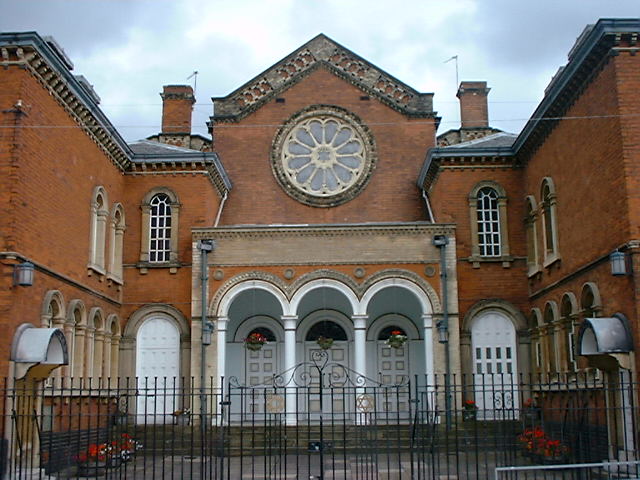
The Jewish community in Britain reached its apogee in the late 1960s, when the population exceeded 400,000. Today there are only 350,000 with two-thirds living in London; nonetheless, this represents one of the world’s biggest Jewish communities.